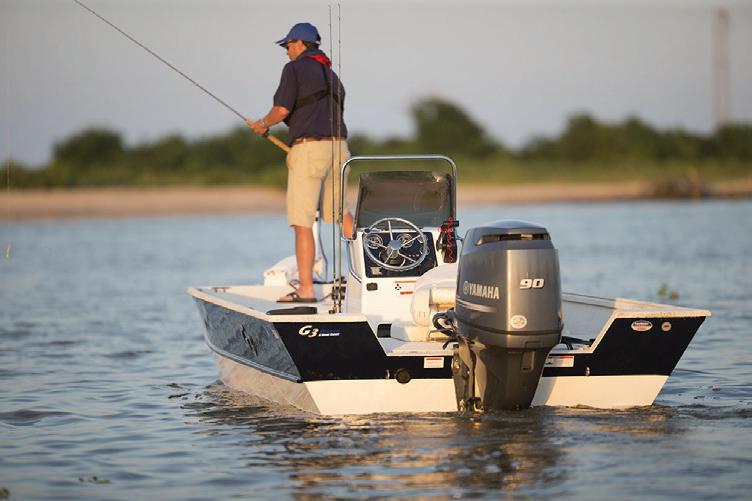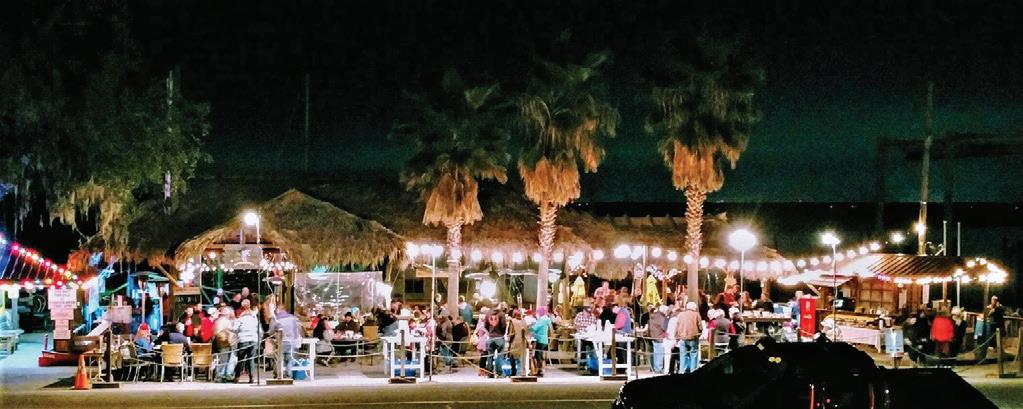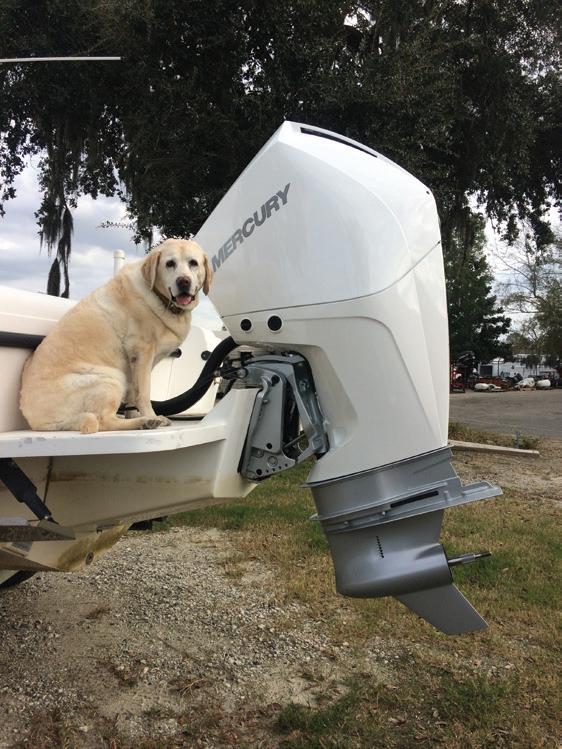
2 minute read
A round the Reef
By Ashley Misiaszek Grotewold Communications Intern
Gray’s Reef National Marine Sanctuary
Advertisement
Over 30 years ago, the United Nations proclaimed the first Monday in October “World Habitat Day” and took an important step in promoting the idea that every creature deserves a place to call home. While habitat can be defined as “the place or environment where something naturally or normally lives and grows,” I personally prefer the simpler description, “the place where something is commonly found.”
These definitions may be self-explanatory, but have you ever stopped and thought about what your habitat truly is? For some, it’s their hometown, community, or family home. Most days, I’d describe my favorite coffee shop, or any coffee shop for that matter, as my habitat! Here at Gray’s Reef, we have a special type of habitat that we pride ourselves in. Its environment boasts its own distinct personality and provides a unique dwelling for all those that reside in it.
Gray’s Reef is one of the largest near-shore “live bottom” reefs, a term that sets our reef apart from the others. Natural live bottom reef helps identify what kind of habitat Gray’s Reef provides. Our hard, sedimented, rocky seafloor is different from the typical coral reefs you’re used to seeing in travel brochures. From its gravelly crevices to its vibrant floor bed, this stony jungle gym under the sea houses marine life of all shapes and sizes. These live bottom neighborhoods are teaming with invertebrates and small organisms that serve as the foundation for all other occupants. Sea urchins and anemones sprawl across the ground, while nurse sharks, loggerhead turtles, and moray eels seek shelter under the jutted ledges.
An extremely diverse habitat can be found within the actual reef itself. Rock-strewn caves and tunnels hide an octopus in plain sight, while animated fish weave through colorful shrubbery as they teeter the line between predator and prey. If you find yourself searching through the corals, you’ll notice arrow crabs scuttling across sponges and sea stars lounging among invertebrates. The colors, shapes and intricacies you’ll find hidden throughout our live bottom habitat will have you seeing technicolor in a sea that is neither crystal nor clear.
If World Habitat Day wasn’t enough, October 23rd marks the 47th anniversary of the National Marine Sanctuaries Act. Not only do we get to celebrate amazing habitats such as Gray’s Reef, we also applaud and commemorate the historic moment when national marine sanctuaries were signed into existence. Thanks to the Marine Protection, Research, and Sanctuaries Act on October 23rd, 1972, our government piloted a new era devoted to oceanic protection and marine conservation. You have to wonder, if it wasn’t for that important shift within our government, the sanctuaries we know and love may not be accessible to us today.
By the early 80’s, six marine sanctuaries had been sanctioned within the United States. Our very own Gray’s Reef was one of the first aquatic ecosystems to be a part of the National Marine Sanctuaries Act alongside USS Monitor, Key Largo, Channel Islands, Point-Reyes Farallon Islands, and Looe Key. These habitats that border both the East and West coasts stood out to researchers and conservationists, making them a haven for education and excursion. In studying and protecting these newly authorized sanctuaries, it paved the way for continued ocean exploration, leading to the discovery of our current 14 existing national marine sanctuaries encompassing over 600,000 square miles.
As we look back at all history has given us, we feel hopeful and inspired for what is yet to come. With every quick dash of a black sea bass, to the rhythmic stroke of a jellyfish, Gray’s Reef is privileged to be a part of such a historical and influential establishment that devotes its existence to the continuous appreciation of the underwater world. As we celebrate these significant moments in our oceanic journey, we will let that resilience ripple into future endeavors as we continue to change history, one wave at a time.
For more info, email: michelle.riley@noaa.gov













